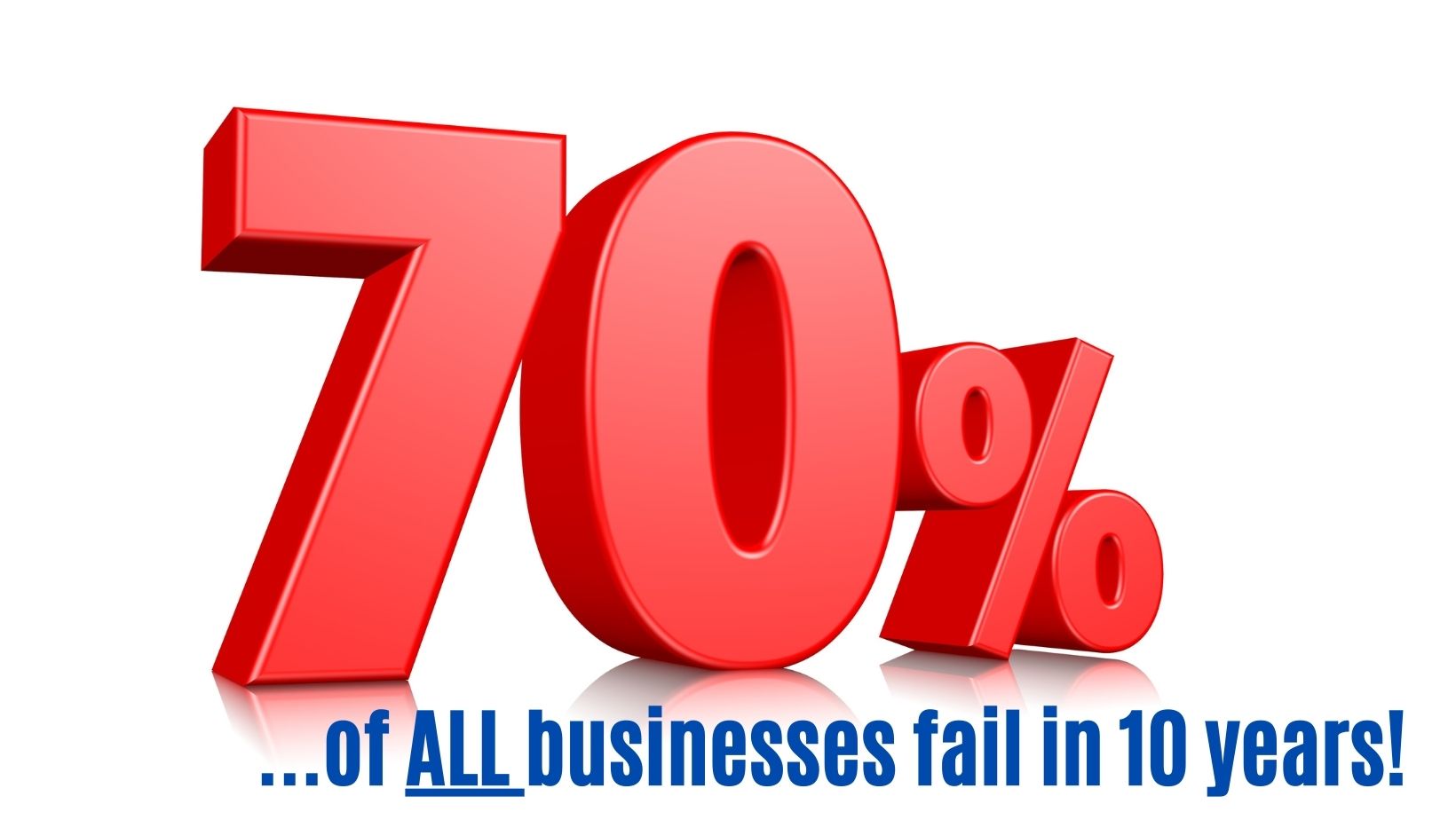Another benefit of having your workflows documented and committed to being followed is more than just profitability it’s peace of mind. Knowing that the day when a client or government agency comes in to audit you for safety or quality you can produce examples of employees following your documented processes and that the critical processes have been documented to save you and your company from financial risk, potential liability and ruin.
As ICM Document Solutions note, with risk mitigation you are guilty until documented. They specifically reference the ‘Big Dig’ in Boston where the process to move congested streets into a neat 3.5 mile underground tunnel ran into oversight problems, audit issues, safety issues, cost overruns ($22 Billion), and even fatalities because of shoddy work. Documentation of processes to keep poor work and materials from going into the project was not followed. By having your workflows documented, you can prove to customers, the government, or in the worse instance- a jury that your product or service was made as designed following your documented workflows.
It will also save you money because following directions keeps employees from making mistakes or using inappropriate materials and creating waste or rework. There is nothing worse for a manager or owner to see than a day or weeks’ worth of work being carted out to the scrap pile because some piece of the work process was overlooked, not followed, never known existed, or wasn’t important enough to the employees to follow. Documenting the work processes and systems gives the directions needed to assure the employee knows how to do their job, when to ask questions, what materials are acceptable to use, and what needs to be done to obtain a quality end product.
What can be worse than generating scrap and damaging the customer’s property with broken equipment while doing your work? If when working on their building, their equipment, and installation of a new product you find that a workflow was not documented or followed which subsequently damaged the customer’s property, what does that subject your business to? Unknown costs? Loss of profit on the sale? Liability exposure directly or via your insurance? And if, for some unfortunate reason, your company’s actions create an injury or fatality the impact could go exponential and put you out of business.
Documenting the process also emphasizes safety. If building a product or using a tool isn’t explained to the operator/employee then they may not use equipment in a safe manner. The subsequent injuries not only rob you of productivity but expose you to liability, increased insurance premiums, decreased worker morale, and damage to the company’s image in the eyes of the public and media.
Worst case scenario yet is legal liability where you and your employees face negligence and other charges. So, that fairly easy sale and profitable work just ended your business, subjected people to criminal charges, and generated significant negative publicity. All because you did not have a work process documented so employees could follow it, so steps would be taken to ensure no injuries or loss of profits occurred. This documented process would be proof to your client, the government, and your insurer that processes are in place to ensure the work is done safely and correctly every time.
An example of legal liability, from a lack of workflow documentation and failure to follow procedures, can be illustrated in the recent Aaron’s Rents Inc. sexual harassment lawsuit which they lost. Due to a failure to enforce, adequately train, and establish workflows on sexual harassment, the company was exposed to liability in Federal Court for $95 million. The person who committed the offense is personally on the hook for millions himself, as well as in this case, criminal sexual assault charges. A better enforced workflow, documented and supported by upper management, could have saved the company literally millions in liability as well as bad PR. So, workflow documentation is not important just for producing a product or service but also in the routine operation of your business.
This may sound like a lot of scare talk but think how close to failure your business would be if a job is not done correctly? If the job isn’t documented, how do you know it will be done safely? Once something goes wrong, especially if there are injuries involved, how bad can the situation get?
There are too many forms of liability and risk in the world for you and your business: risk in the form of product design, production, assembly, installation, environmental, and regulatory. A liability in any of these areas, even small, could ruin your company. Help limit these risks and show compliance by having workflows and processes documented. Contact Holt Marketing and Management Services for more information today!



